This French town has world-leading opera, sculpture and art
Located in the south of the country, this city and region has inspired creatives from Paul Cezanne to Frank Gehry to Damien Hirst. Its annual music festival is also unmissable.

It is my first morning in Aix-en-Provence and as I tear back the curtains at dawn, the window reveals a huddle of terracotta roofs, a cloudless, lazuline sky and the twitter-whirr of an ever-moving tangle of swallows.
After the unseasonal “summer” chill of London, where I live, the scene – and accompanying cicada chorus – conjures nostalgia for the mind-bending, road-shimmering summer heat of an Australian childhood. I’m overjoyed about spending 10 days in high heat but I am here for the Aix Festival of Music, not the weather, so my first hours on the ground are spent poring over opera plot lines, route maps to theatres and gallery exhibition notes.
The Festival International d’art Lyrique d’Aix-en-Provence, established in 1948, is one of Europe’s great musical events, known for taking artistic risks and staging world premieres of new or reimagined works, many in an open-air theatre brilliantly fashioned from the courtyard of this ancient city’s Archbishop’s Palace.
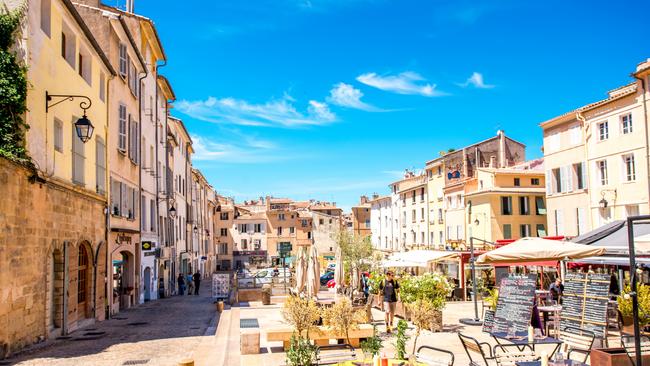
I am by no means a seasoned opera buff and so am particularly excited to be travelling with Limelight Arts Travel in a group led by Robert Gay, a baritone who has lectured and taught music for decades and, I learn quickly, is a walking, talking and occasionally singing encyclopaedia of the history of music and opera. He has carefully selected a series of works performed by some of the world’s greatest musicians and conductors. Among them is Madama Butterfly, sung by the star Albanian soprano Ermonela Jaho with the Orchestra and Chorus of Lyon, which I find crystalline, technically perfect, stylised but strangely unemotional for such a viscerally tragic story; Schoenberg’s Verklarte Nacht and Mahler’s 4th with the Orchestre de Paris conducted by the 28-year-old, Finnish wunderkind Klaus Makela, which brings the house down, and Brit director, Katie Mitchell’s visionary feminist rework of Debussy’s Pelleas et Melisande. My fellow travellers hate it for its plot changes and explicit stage sex, while I find it an intriguing take on dysfunctional families and intergenerational abuse.
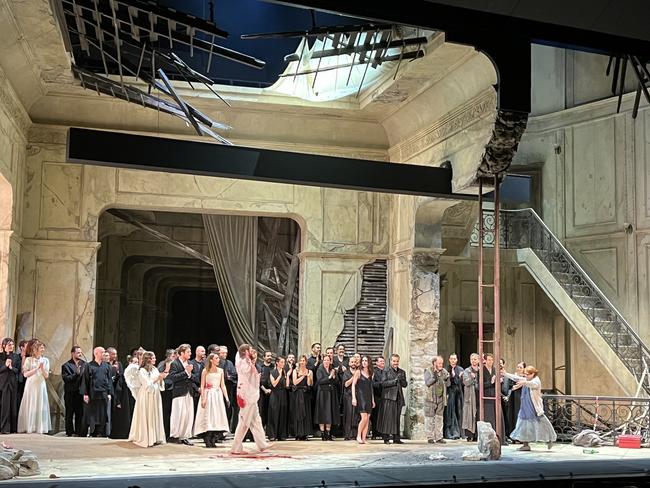
Our program also includes a five-hour-plus double bill of Christoph Gluck’s Trojan War family dramas, Iphigenie en Aulide and Iphigenie en Tauride, which is brilliant if daunting, and Monteverdi’s Il Ritorno di Ulisse in Patria. My heart soars with the 17th-century period orchestra instruments and staging – utterly magical.
However, it is the very first work we see, a world premiere of Rameau’s Samson, with libretto by Voltaire – censored by the French court twice and the music lost for centuries – that is a once-in-a-lifetime experience. In a nutshell, it has been “rebirthed” by the brilliant young French conductor Raphael Pinchon and his friend, German director, Claus Guth, telling the entire biblical story, not just the Delilah seduction, through the eyes of the tragic strongman’s mother. We spot the director of the Adelaide Festival, Ruth Mackenzie, there to see it and chances are it will appear on next year’s program.
Aix itself is a delightful town, home to more than 100 fountains, seemingly one on every corner or roundabout. In the high heat, glimpses of the splash of water, flashes of blue against the wet, moss-coated limestone among the cobblestones, feel cooling and offer respite on our exploratory walks. There are markets three days a week, each one a riot of flowers, glistening, freshly picked fruit and veg, cheeses and wines and some lovely local textiles, if, like me, you love laying the table with cloth napkins.
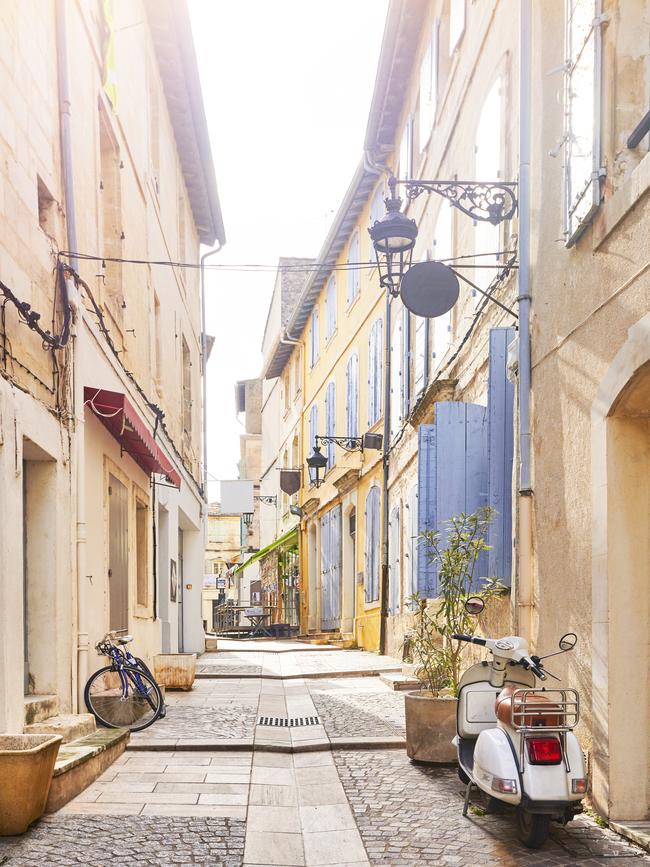
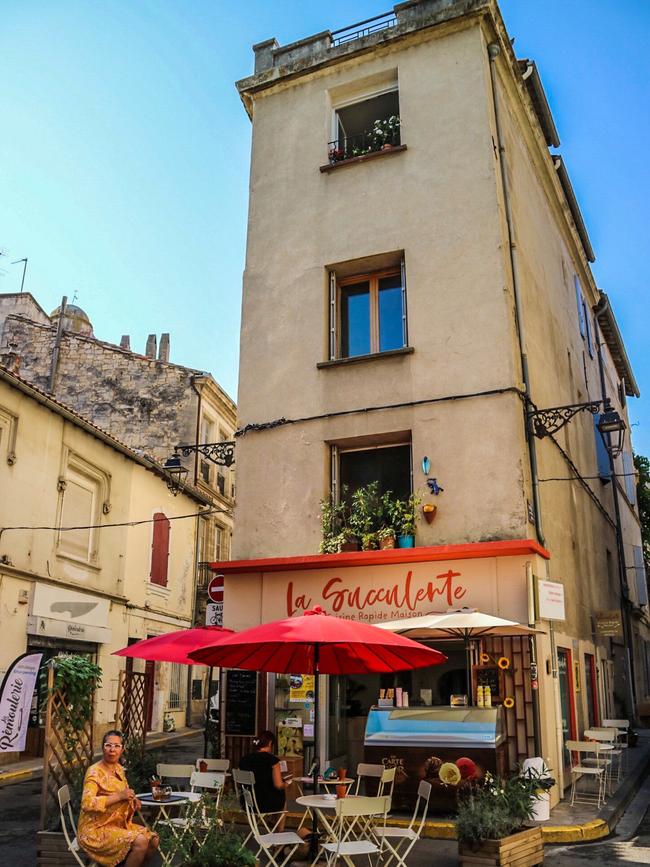
Our hotel, Hotel Aquabella, forms part of one of Aix’s ancient thermal spas and is just a short walk from the festival action. The pool, set against the ruins of a medieval tower and fortified wall, is pure Instagram fodder. A short walk away is the Hotel de Caumont, built in 1680 and one of the most beautiful old residences in the aristocratic Mazarin district of Aix. Today, it is a splendid art gallery where we see a retrospective of 19th-century painter Pierre Bonnard’s work, juxtaposed with an extraordinary collection of the Japanese art that inspired him. The following day we head out of town to immerse ourselves in the landscapes that inspired Paul Cezanne, seeing the iconic Sainte Victoire cliff in the distance from the very spot he routinely set up his easel and began to paint the surrounding, lavender-infused landscapes.
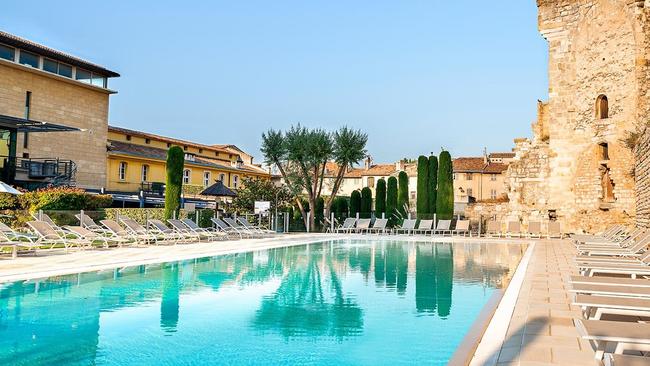
It feels as though my art textbooks are coming to life as panoramas made familiar by Cezanne’s canvases unfold before my eyes: vast red cliffs, Mediterranean umbrella pines, vineyards as far as the eye could see, the linear, upright sweep of the cypress pines. There is something so very human about the Luberon’s myriad mountain-top villages, their graceful church spires, streets made only for pedestrians, ancient doorways pocked by time and weather and everywhere great splashes of wildly spreading blue plumbago and vermilion bougainvillea that seem to banish any hint of ugliness from the world. Even the Chateau de La Coste, site of the Marquis de Sade’s castle atop a hill near the village of Bonnieux – and restored by Pierre Cardin – fails to dampen the surrounding beauty.
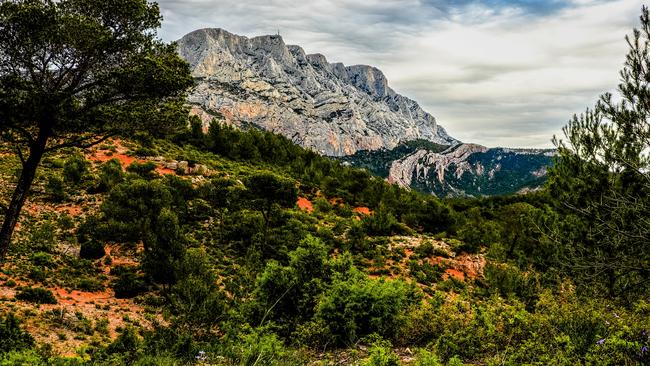
Midweek we exchange land for sea and board a boat to meander through turquoise waters into some of the many famed “calanques”, or inlets, in and around the cluster of gelato-coloured buildings that make up the Mediterranean fishing town of Cassis. On another day excursion, we head for the Chateau de Beaupre, built in 1739, where we enjoy a spectacular picnic of fresh fruit, local charcuterie, fragrant cheeses and great bowls of crunchy salads while sitting and chatting around long tables shaded by the vineyard’s trees.
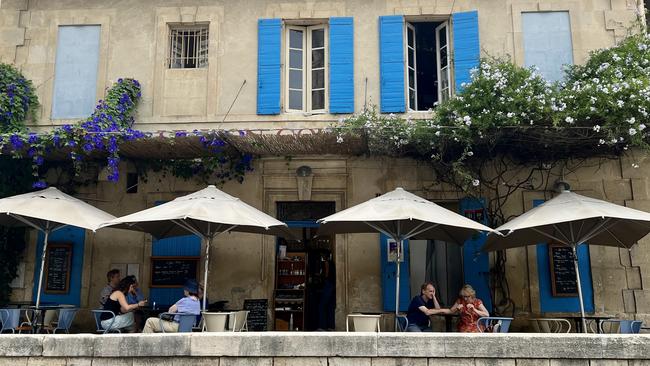
Harold, in charge of the famed vineyard’s cellars, walks us through the cool, musty caverns before dessert and talks about winemaking with such verve and passion that even a person like me, who loves to drink wine but has absolutely no interest in how it is made, suddenly feels inspired to learn more.
The vineyard was bought in 1864 by the aristocratic Double family who planted the first vines in 1890 and began selling their wines in the lively cafes of turn of the century Marseilles. The next three generations expanded wine production and today, while it is still in the family’s hands, the wines are exported all over the world. The pale, dry Collection rose will forever be entwined in my memory with that picnic under the Robinia trees and my first, orange blossom-infused taste of the legendary Provencal cake known as Tarte Tropezienne.
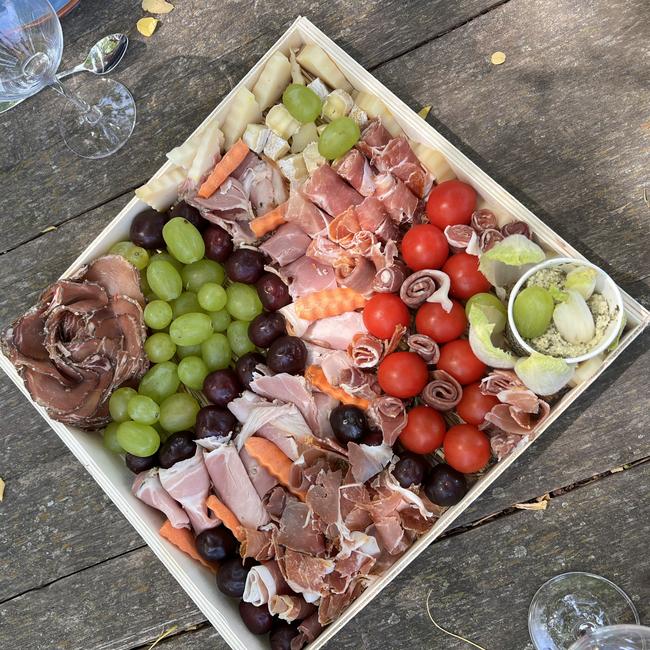
Our day excursions are run with impressive military precision by Claudia Czaak, Limelight’s veteran Vienna-based tour manager, who ensures we miss the madding crowds and high heat in the middle of the day. Her long association with many of Europe’s top opera houses also means the very best seats for Limelight guests.
In the ancient city of Arles, we see the Saint Trophime Church, much loved by Vincent van Gogh, and take a leisurely walk around the spectacular Roman colosseum and Place de forum. The Fondation van Gogh, lucky us, has borrowed the Dutch painter’s mythical Starry Night from Paris’s Musee d’Orsay and carefully curated some 165 paintings, sculpture and drawings by artists who had also been inspired by the heavens and astronomy. Not only is it moving to see this work up close but I am particularly bewitched by the hand sketches of a British amateur astronomer, William Parsons (Lord Rosse), who built a giant telescope in Ireland in the 1840s and is credited with describing and sketching, for the first time, visible galaxies, perhaps inspiring the iconic yellow spirals we see in Vincent’s work.
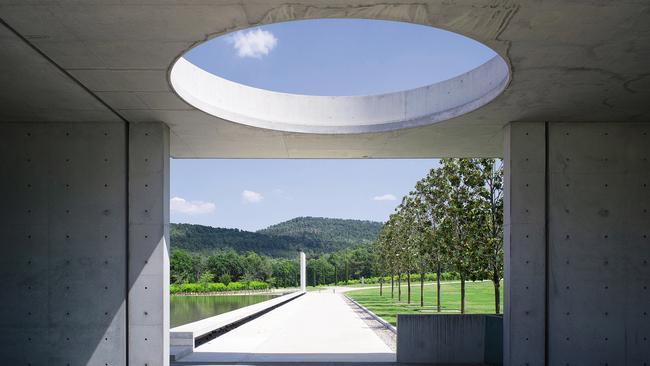
We also walk the vineyard and sculpture park known as Chateau La Coste, bought by the Irish billionaire developer, Paddy McKillen. But this is no ordinary outdoor gallery; rather it’s a monument to artistic philanthropy and boasts an extraordinary collection of pavilions and galleries bespoke-built for the site by some of the 20th century’s greatest architects, from Frank Gehry to Renzo Piano, Richard Rogers to Oscar Niemeyer and Jean Nouvel.

Punctuated among the 242ha of vines, olive groves and giant magnolias in an undulating landscape framed by the distant Luberon hills are more than 40 huge-scale sculptures, with works by Louise Bourgeois, Damien Hirst, Kengo Kuma and a host of other modern greats. Our guide, young bright and enthusiastic, makes the two-hour walk fly by. We have lunch in the vineyard’s restaurant, designed by the autodidact Japanese architect, Tadao Ando. McKillen and his sister, Mara, have made this their life’s ongoing project, so no matter when you go there will be something new and extraordinary to see.
Before going on this tour, I was fearful that with so much to pack into 11 days I may suffer cultural indigestion. Instead, weeks later, I remain elated at immersing myself in a once-in-a-lifetime musical experience while exploring, eating and drinking my way through some of Provence’s most evocative and unforgettable places.
In the know
Limelight Arts Travel 11-day tour for the 2025 Aix-en-Provence Opera Festival will run from July 10 to 20. The tour will be led by Clive Paget, founder of London’s influential Bridewell Theatre and a leading arts writer and critic. Currently based in London, Paget is also editor-at-large for Limelight in Australia. Repertoire ranges from the Baroque period to contemporary works commissioned by the festival and the tour spans two weekends to ensure that all major performances are included. Daytime excursions provide a taste of the very best of Provence, from the villages of the Luberon to ancient Arles. Breakfast and most meals are included with full details available on release of the final itinerary and program on March 12, 2025. Maximum group size is 20 people.
$12,250 a person, twin-share.
Paola Totaro was a guest of Limelight Arts Travel.
If you love to travel, sign up to our free weekly Travel + Luxury newsletter here.

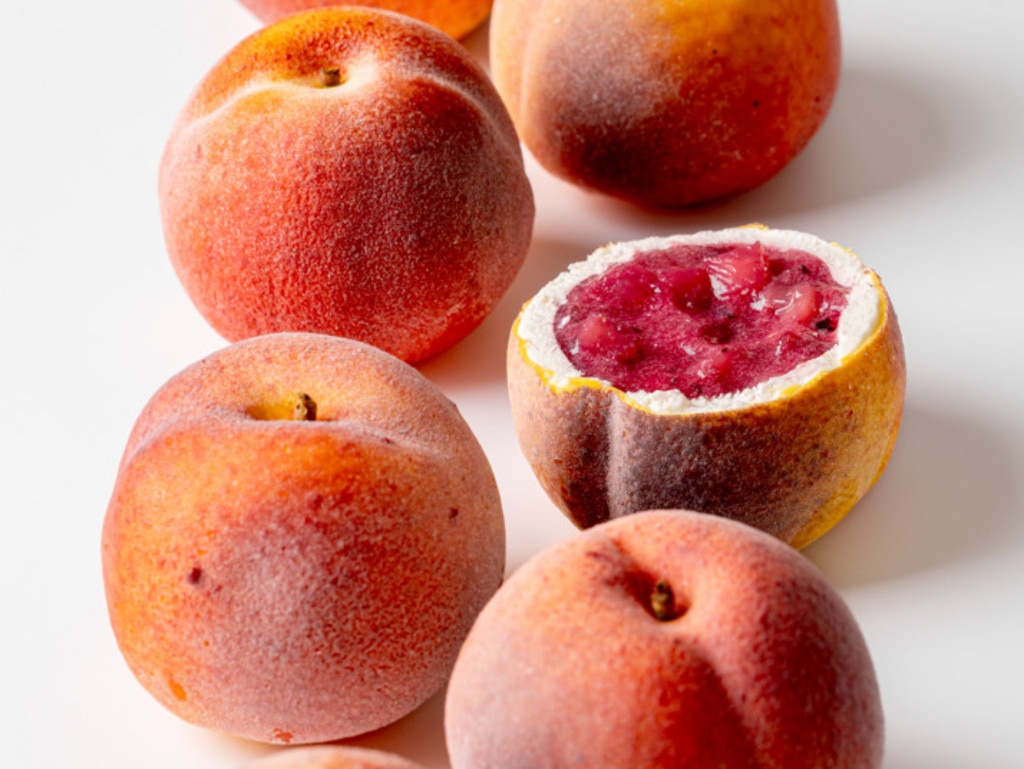


To join the conversation, please log in. Don't have an account? Register
Join the conversation, you are commenting as Logout